Mohamed Bin Rashid Solar power Plant Phase III (DEWA III) is an 800 MW solar power plant, built in 3 phases and under operation since 2020. The project brings a positive social impact by creating more than 1,000 jobs during its development. Today, fully commissioned DEWA III powers with clean energy 160,000 residences in Dubai.
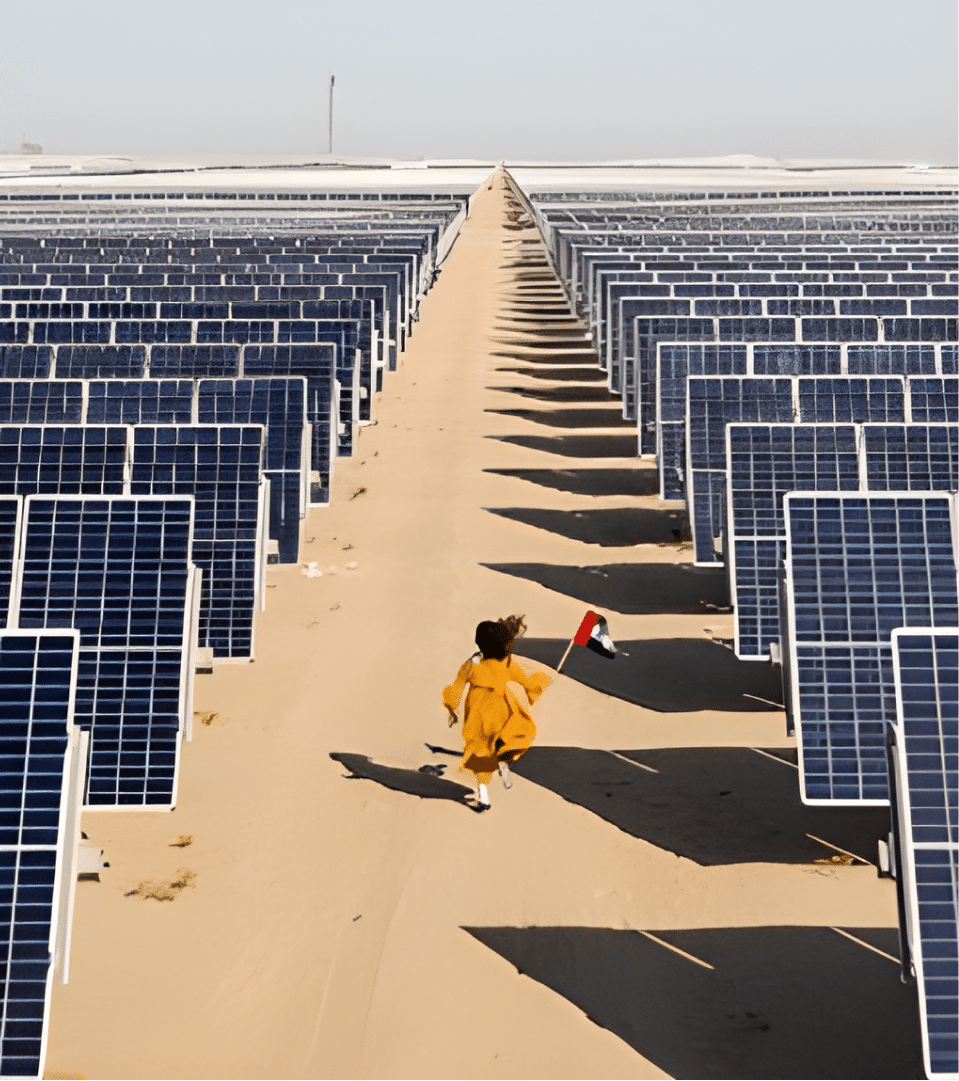
The 400-megawatt (MW) utility-scale project Dumat Al Jandal is the Kingdom of Saudi Arabia’s first wind farm, the largest and the most powerful in the Middle East. The wind farm comprises 99 wind turbines, and is fully operational. The project powers over 70,000 Saudi homes with clean electricity.
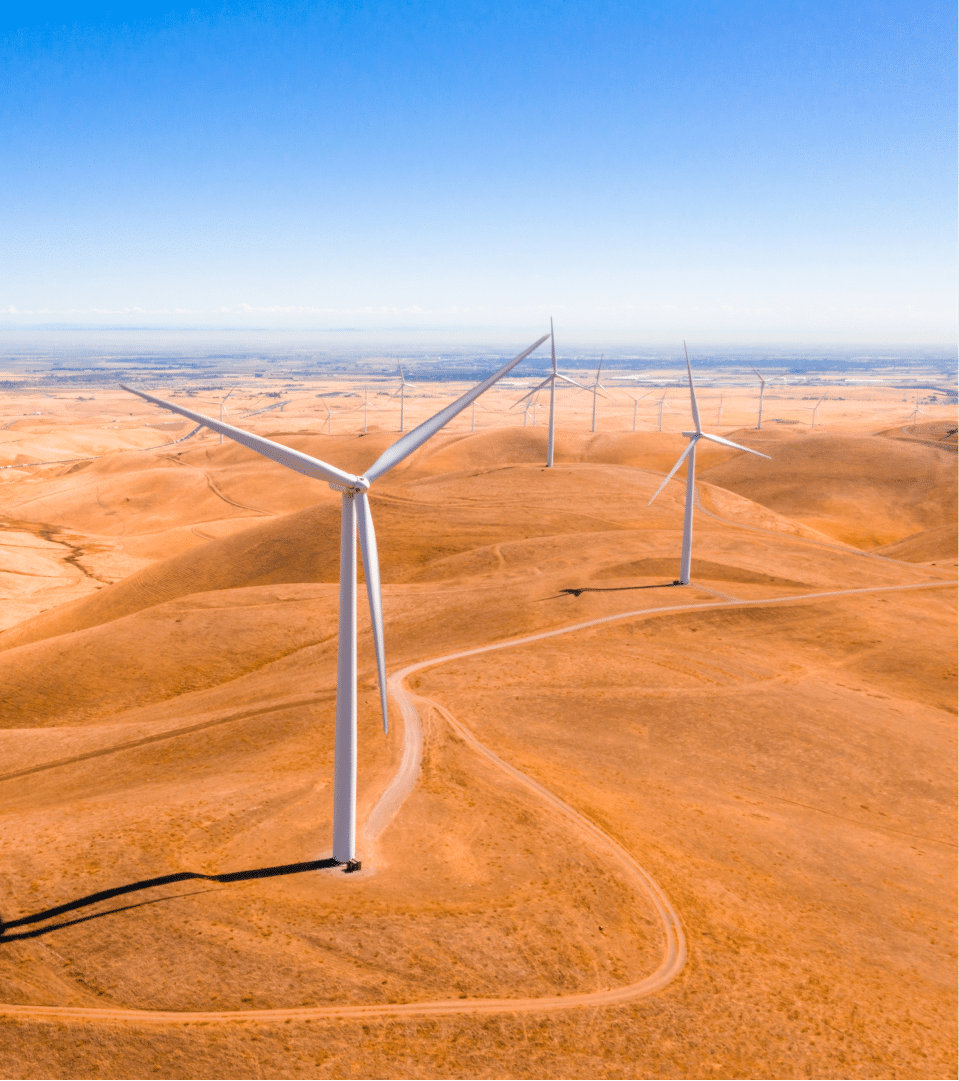
Al Dhafra solar plant is located 35km south of Abu Dhabi, and combines cutting edge technology, innovation and outstanding landscape. With an installed capacity of 2,100 MW, over 4,000 people worked on site to supply the equivalent of 160,000 local homes with clean electricity every year. It is the first power plant of this scale to use bifacial modules and sun-trackers, optimizing the energy generation by 30%.
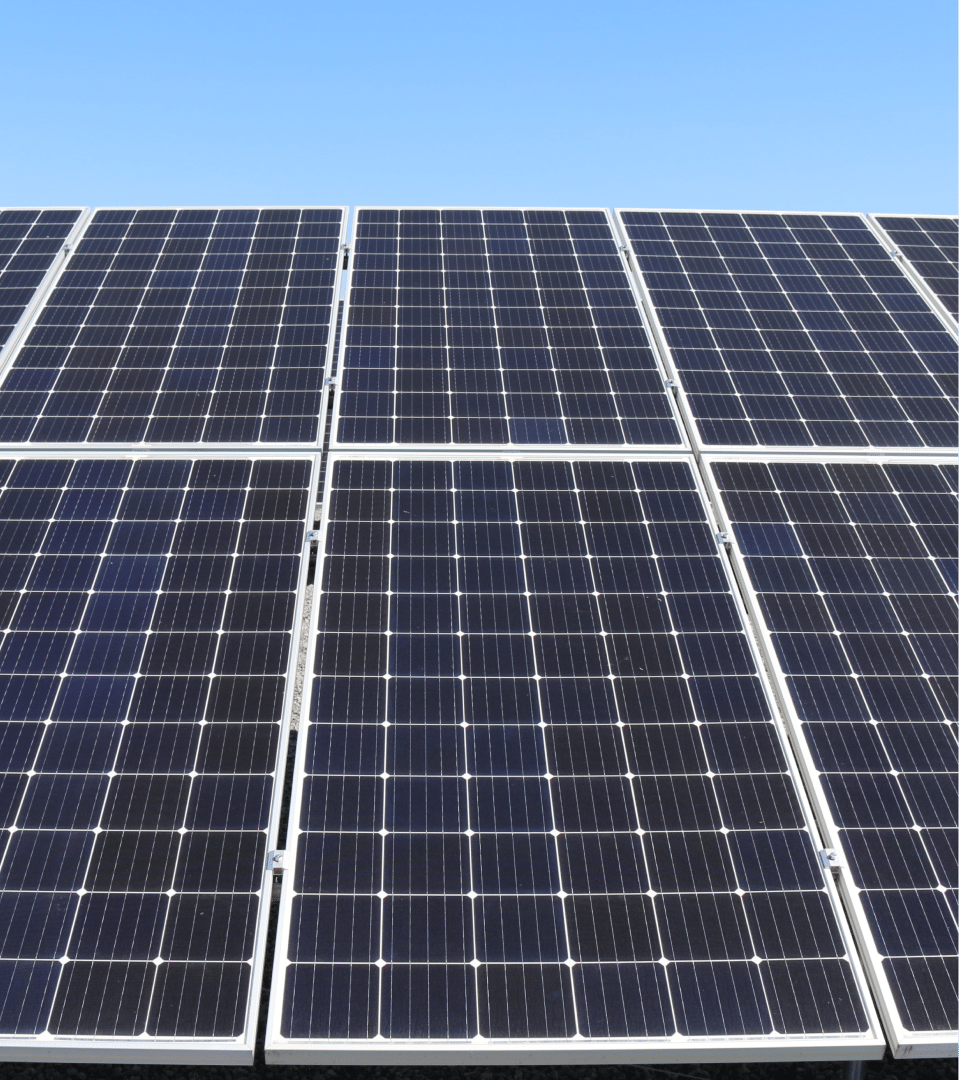
South Jeddah is a 388 MW (dc) solar plant, located 50km south-east of the city of Jeddah, in the Kingdom of Saudi Arabia. Over 900,000 bifacial solar panels produce clean electricity to supply 45,000 households in the Kingdom per year, while offsetting 430,000 metric tonnes of CO2 emissions.
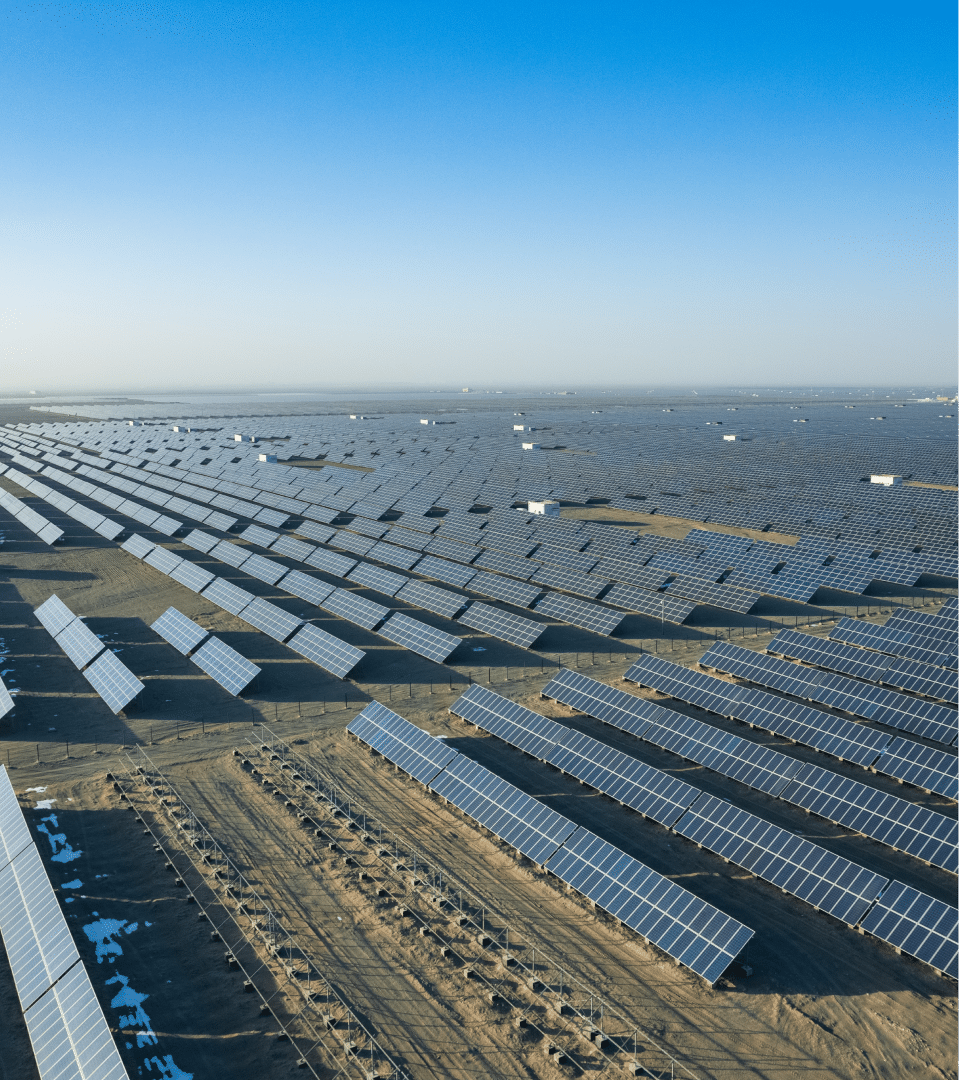
Benban solar park comprises 2 parks with a total capacity of 130 MW (dc) and is located in Aswan province of southern Egypt. They form an integral part of the Benban solar complex, which will soon have capacity totaling close to 1,800MW. In addition to creating jobs and boosting economic growth in the local area, the park reduces Egypt’s dependence on fossil fuels and help fight against climate change.
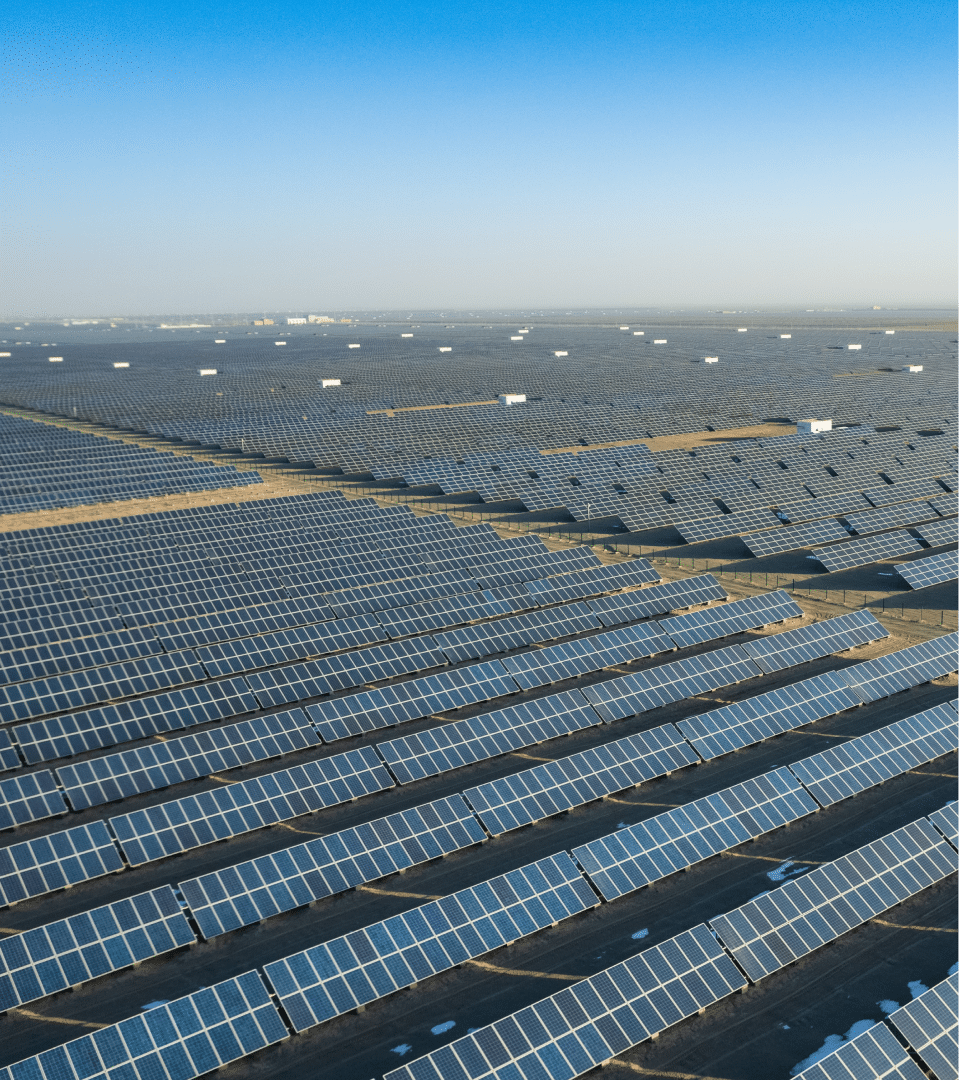
The TAZA wind farm is located in the northeast of Morocco, and it is one of the largest in Africa. Its total capacity is of 150 MW and comprises 87 wind turbines spread over an area of around 2,400 hectares, taking advantage of the strong winds in the region. Taza wind park produces around 430 GWh of clean energy per year, and powers around 350,000 Moroccan households.

EDF Renewables and Korea Western Power Corporation (KOWEPO) have achieved financial close on the Manah 1 solar project in Oman. This 500 MW utility-scale photovoltaic (PV) solar power plant is located approximately 120 kilometers south of Muscat. Construction began in May, and the plant is expected to commence commercial operations in Q1 2025.
Manah 1 represents the first large-scale renewable installation in Oman for EDF Renewables and KOWEPO. The project aligns with Oman’s Clean Energy Goals, aiming for 39% renewable generation by 2040. The financing involves a combination of equity and loans from global financial institutions, including the Export-Import Bank of Korea, French Societe Generale Bank, and Oman Bank Muscat.
Upon completion, Manah 1 will power over 50,000 Omani households, offsetting more than 700,000 metric tonnes of CO2 annually. The plant features over 1,000,000 bifacial PVs and single-axis trackers
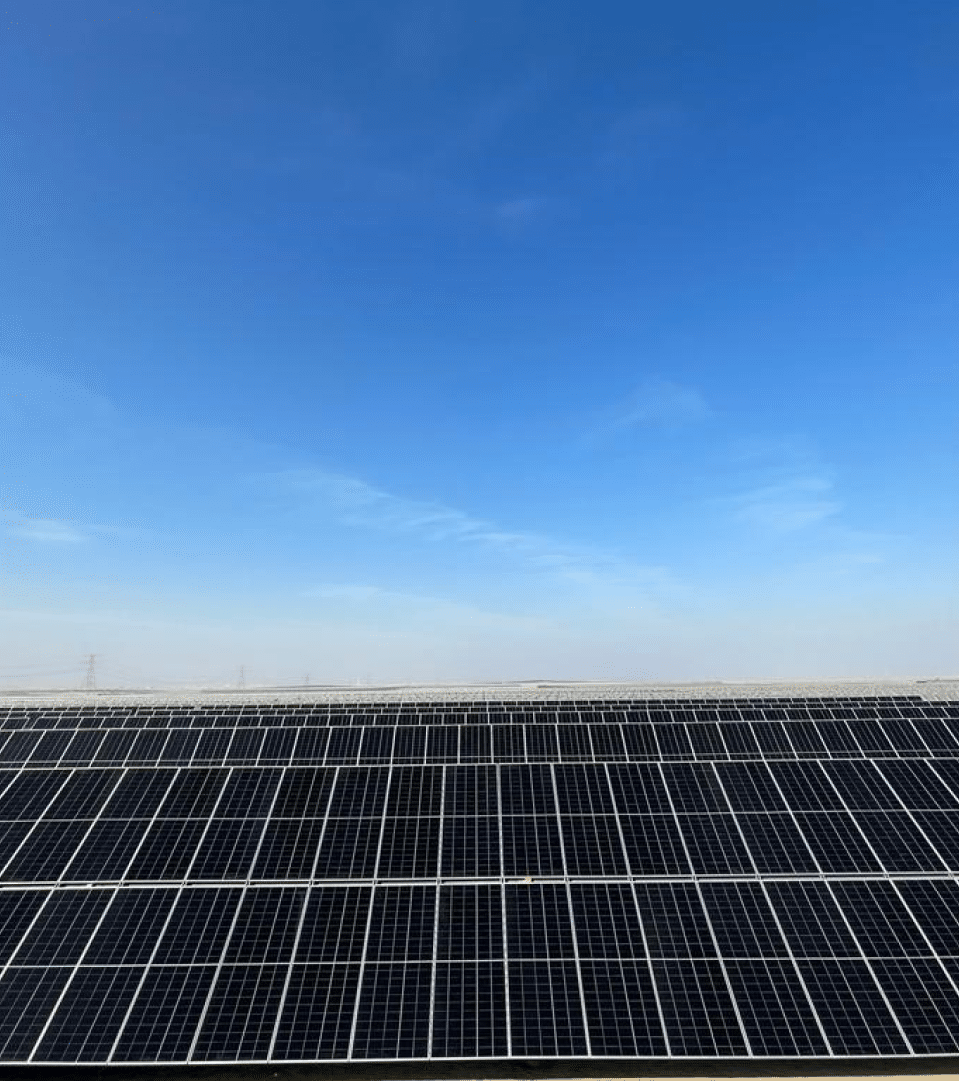
The Wesley-Ciskei Wind Farm, with a capacity of 34.5 MW, began its commercial operations in August 2021. This significant project, located just off the R72 between the towns of Wesley, Gcinisa, and Hamburg in the Ngqushwa Local Municipality, has not only added clean energy to the grid but has also had a positive impact on the local community, creating jobs, empowering local businesses, and driving economic growth. It’s the first wind energy project in a former homeland region of the Eastern Cape, an area that represents nearly 40% of the province’s landmass and hosts 60% of its population.
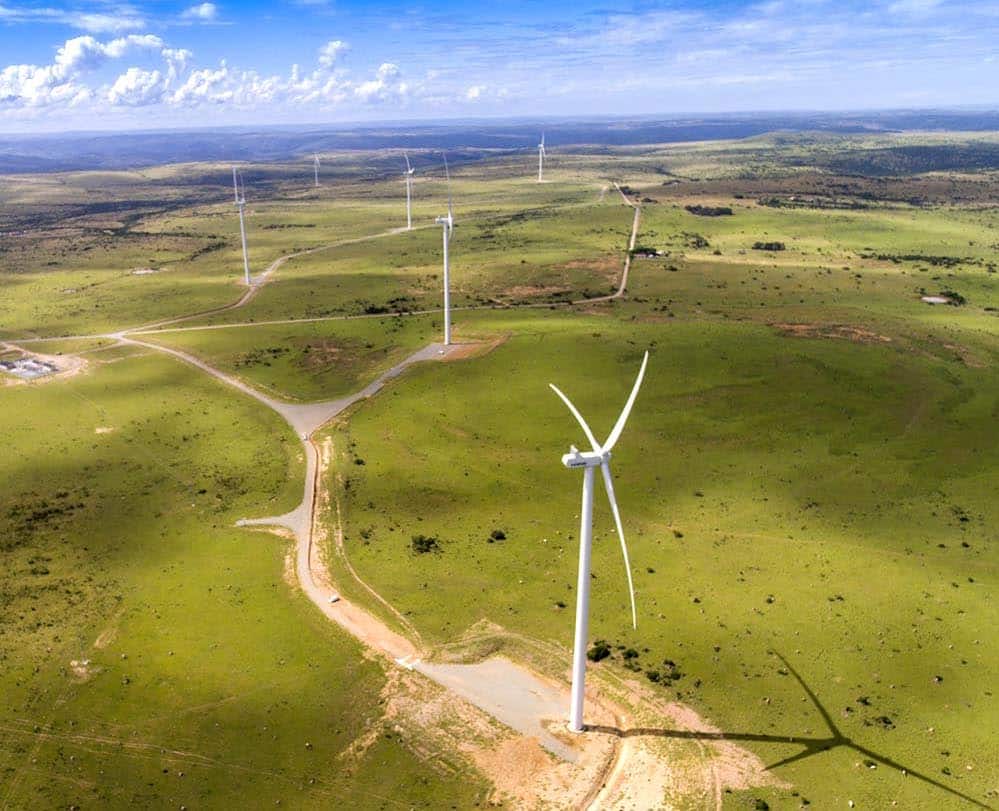
The Grassridge Wind Farm is a 61.5 MW wind energy project that began its commercial operations in January 2015. Located on Addo Road (R 335) within the Nelson Mandela Bay Municipality in the Eastern Cape, this project not only adds clean energy to the grid but also contributes to the local community through the Grassroots Youth Development (GYD) Program, allocating up to 2.1% of its revenue to support Socio-Economic and Enterprise Development initiatives within a 50 km radius of the wind facility.
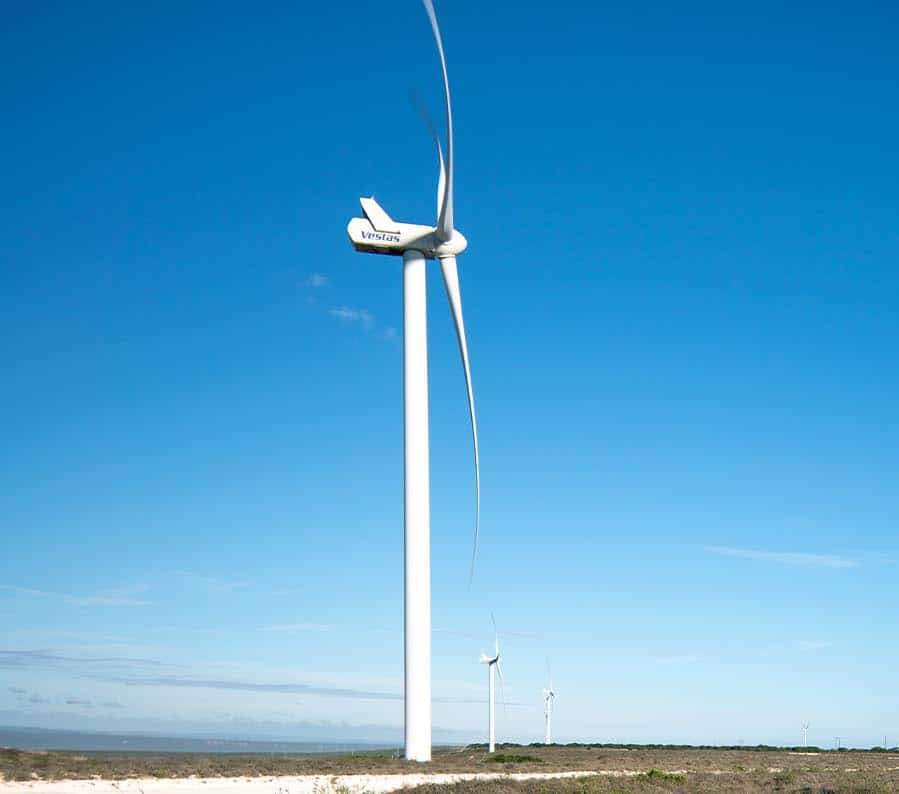
The Waainek Wind Farm, with a capacity of 24.6 MW, began its commercial operations in January 2016. This project, located 6 km South West of Grahamstown, along the Highlands Road in the Makana Municipality in the Eastern Cape, not only provides clean energy to the grid but also contributes to the local community through the Grassroots Youth Development (GYD) Program, allocating up to 2.1% of its revenue to support Socio-Economic and Enterprise Development initiatives located within a 50 km radius of the wind facility.

The Chaba Wind Farm, with a capacity of 21.5 MW, commenced its commercial operations in September 2015. Located on the East and West side of the N2 near Komga in the Great Kei Municipality, this project not only generates clean energy but also has a positive impact on the local community through the Grassroots Youth Development (GYD) Programme, allocating up to 2.1% of its revenue to support Socio-Economic and Enterprise Development initiatives located within a 50 km radius of the wind facility.

Masdar, EDF Renewables, and Nesma Company have secured the development of the Al Henakiyah solar power plant, a groundbreaking 1.1 GW project in the province of Al Madinah, Saudi Arabia. The Al Henakiyah solar power plant is set to be one of the world’s largest upon completion in 2025. Its annual electricity output will match the consumption of around 190,000 homes while preventing the emission of more than 1.9 million tonnes of CO2 yearly.
The utility-scale solar plant will also contribute to the local economy, with at least 19% of the project’s equipment, materials, and services sourced from Saudi companies during the construction phase.
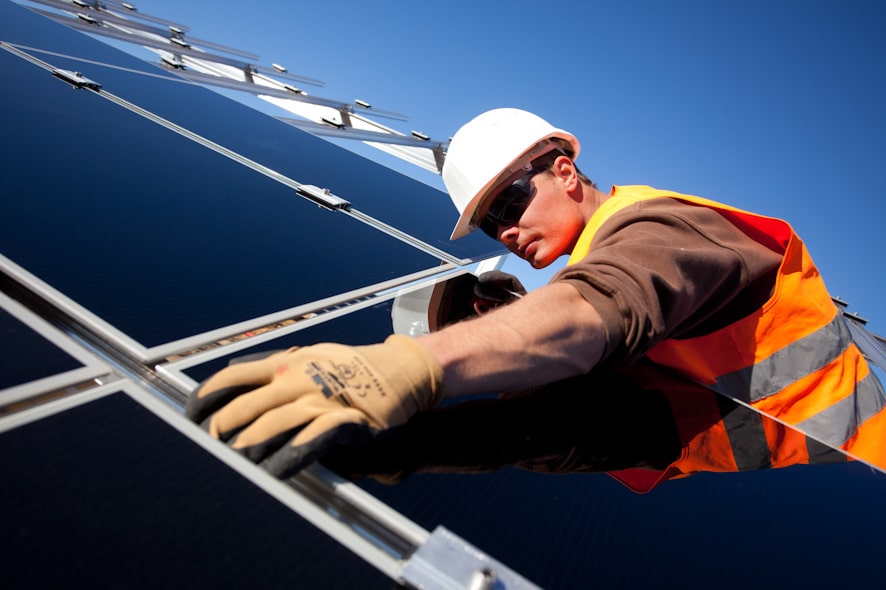
EDF Renewables has been awarded by Abu Dhabi’s EWEC (Emirates Water and Electricity Company) for the 1,500 MW Al Ajban Solar Photovoltaic (PV) Independent Power Project. Al Ajban Solar PV is EWEC’s third world-leading solar power project, adding to Abu Dhabi’s distinction as the home to three of the world’s largest single-site solar power plants.
Once operational, Al Ajban Solar PV will supply electricity to approximately 160,000 homes in the UAE, reducing Abu Dhabi’s CO2 emissions by up to 2.4 million metric tonnes annually.
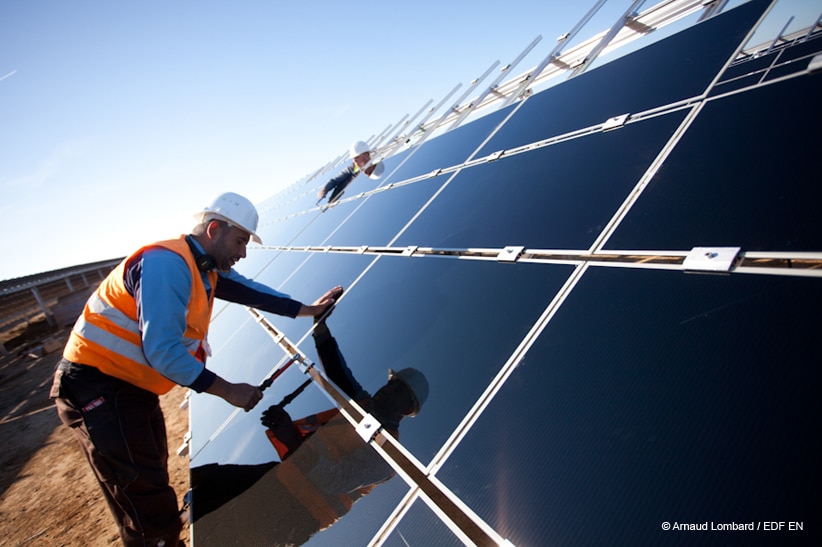
The Koudia Al Baida Wind Farm Repowering Project, strategically located near the city of Fnideq in northern Morocco on the Strait of Gibraltar, marks a significant milestone as the first Repowering Project in Morocco and the entire African continent. This project involves the replacement of 90 wind turbines with 20 top quality Wind Turbines, each boasting 5 MW unitary power. This transformation increases the wind farm’s total capacity to 100 MW. The total CO2 offset per year reaches 350,000 tonnes.
